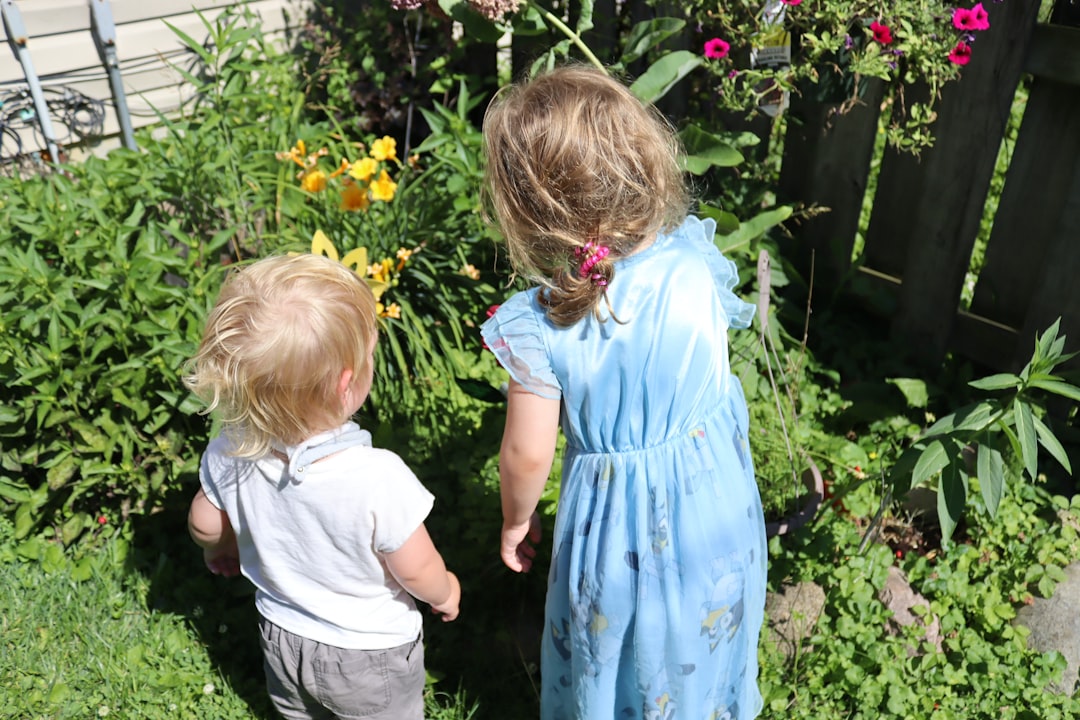
Embarking on a gardening journey with children is not just about growing plants; it's about cultivating a love for nature, responsibility, and the joy of seeing something grow from a tiny seed. This easy children's vegetable garden plan is a gateway to a world of garden play, filled with colorful plants that will make kids fall in love with growing their own food and flowers.
First and foremost, choosing the right location for the garden is crucial. Kids are naturally curious and active, so a spot that is easily accessible and visible from the house is ideal. This way, they can keep an eye on their plants throughout the day and feel a sense of ownership. A sunny area with at least six hours of sunlight per day is perfect for most vegetables and flowers. Make sure the soil is well - drained, as waterlogged soil can lead to root rot and other plant diseases.
Once the location is selected, it's time to prepare the soil. You can involve the kids in this process by having them help turn the soil with a small garden fork. Adding compost or aged manure to the soil will enrich it with nutrients, providing a healthy environment for the plants to grow. Explain to the children how the soil acts as a home for the plants, providing them with water, air, and food.
When it comes to choosing the plants, go for a variety of colorful and easy - to - grow vegetables and flowers. For vegetables, cherry tomatoes are a great choice. They are sweet, and kids can easily pick them off the vine. Carrots are also popular, as they grow underground, creating an element of surprise when it's time to harvest. Radishes are fast - growing, so children can see the results of their efforts in a short period.
Flowers add a splash of color and attract beneficial insects to the garden. Marigolds are not only beautiful but also help repel pests. Sunflowers are a favorite among kids, with their tall stalks and large, cheerful faces. You can even plant a mix of wildflowers to create a mini - meadow effect.
Teaching children about the importance of watering is essential. Show them how to use a watering can gently and explain that different plants have different water needs. Over - watering can be just as harmful as under - watering, so it's a good lesson in balance. Encourage them to check the soil moisture regularly by sticking their finger into the soil. If it feels dry, it's time to water.
Weeding is another important task in the garden. Explain to the kids that weeds compete with the plants for water, nutrients, and sunlight. Let them pull out the weeds carefully, being careful not to damage the desired plants. This is also a great opportunity to teach them about the difference between good and bad plants.
As the plants start to grow, you can introduce the concept of pollination. Explain how bees and other insects help transfer pollen from one flower to another, allowing the plants to produce fruits and seeds. You can even set up a small bee hotel in the garden to attract more pollinators.
Harvest time is the most exciting part of the gardening experience for kids. When the vegetables are ready to be picked, let them do the honors. They will feel a great sense of accomplishment as they enjoy the fruits of their labor. Whether it's a cherry tomato straight from the vine or a freshly picked carrot, the taste of home - grown produce is unbeatable.
Finally, don't forget to document the journey. Take pictures of the garden at different stages, from the day it was planted to the harvest. You can create a scrapbook with the kids, adding notes and drawings about their experiences. This will not only be a great keepsake but also a way to look back on the fun times spent in the garden.
In conclusion, this children's vegetable garden plan is a wonderful way to introduce kids to the world of gardening. It provides them with hands - on learning experiences, teaches them about nature, and creates memories that will last a lifetime. So, roll up your sleeves, grab a trowel, and start gardening with your kids today!

The Secret to Squirrel - Free Potted Plants
The Secret to Squirrel - Free Potted Plants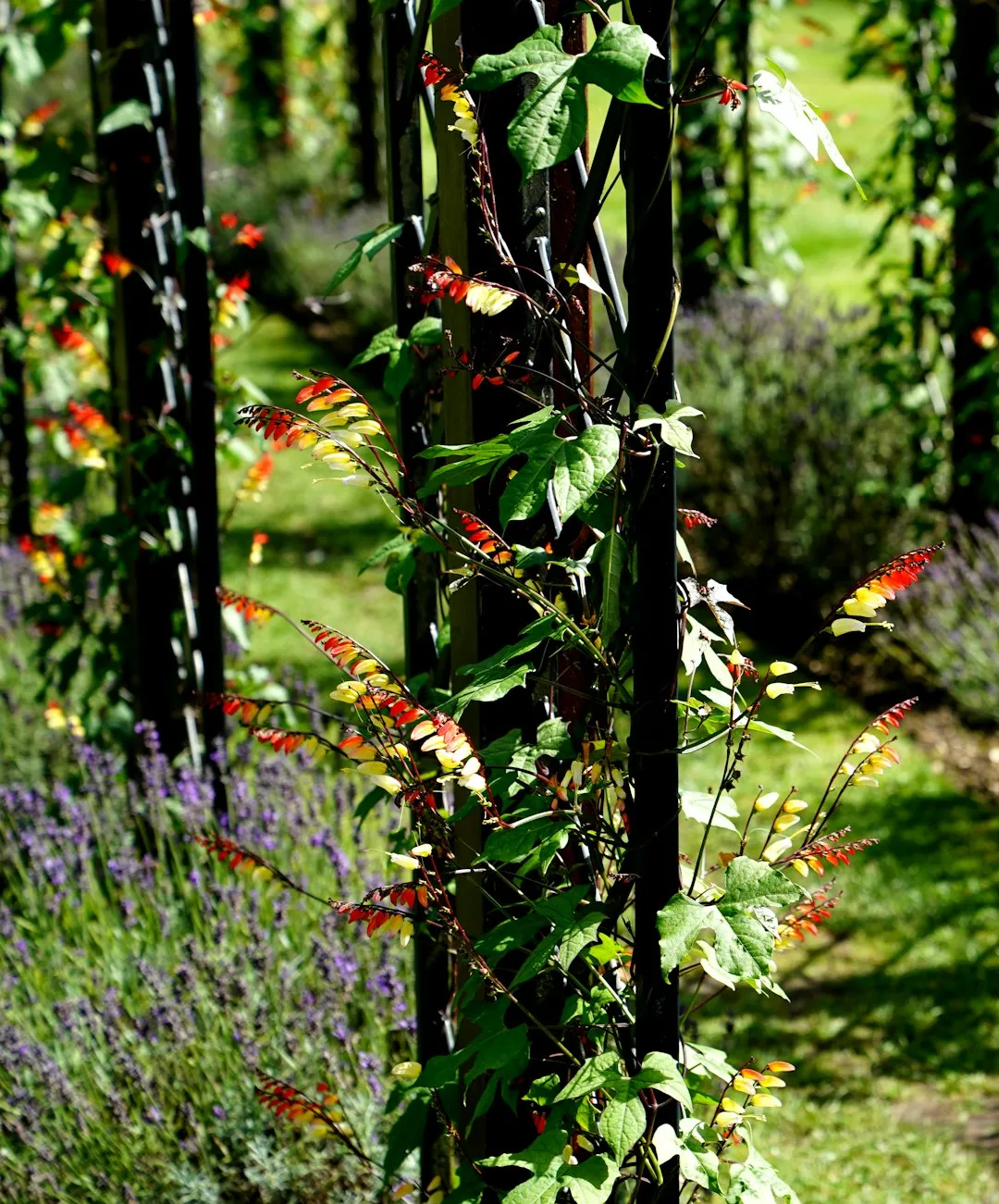
Sweet Rewards: Cultivating Berries in Containers
Sweet Rewards: Cultivating Berries in Containers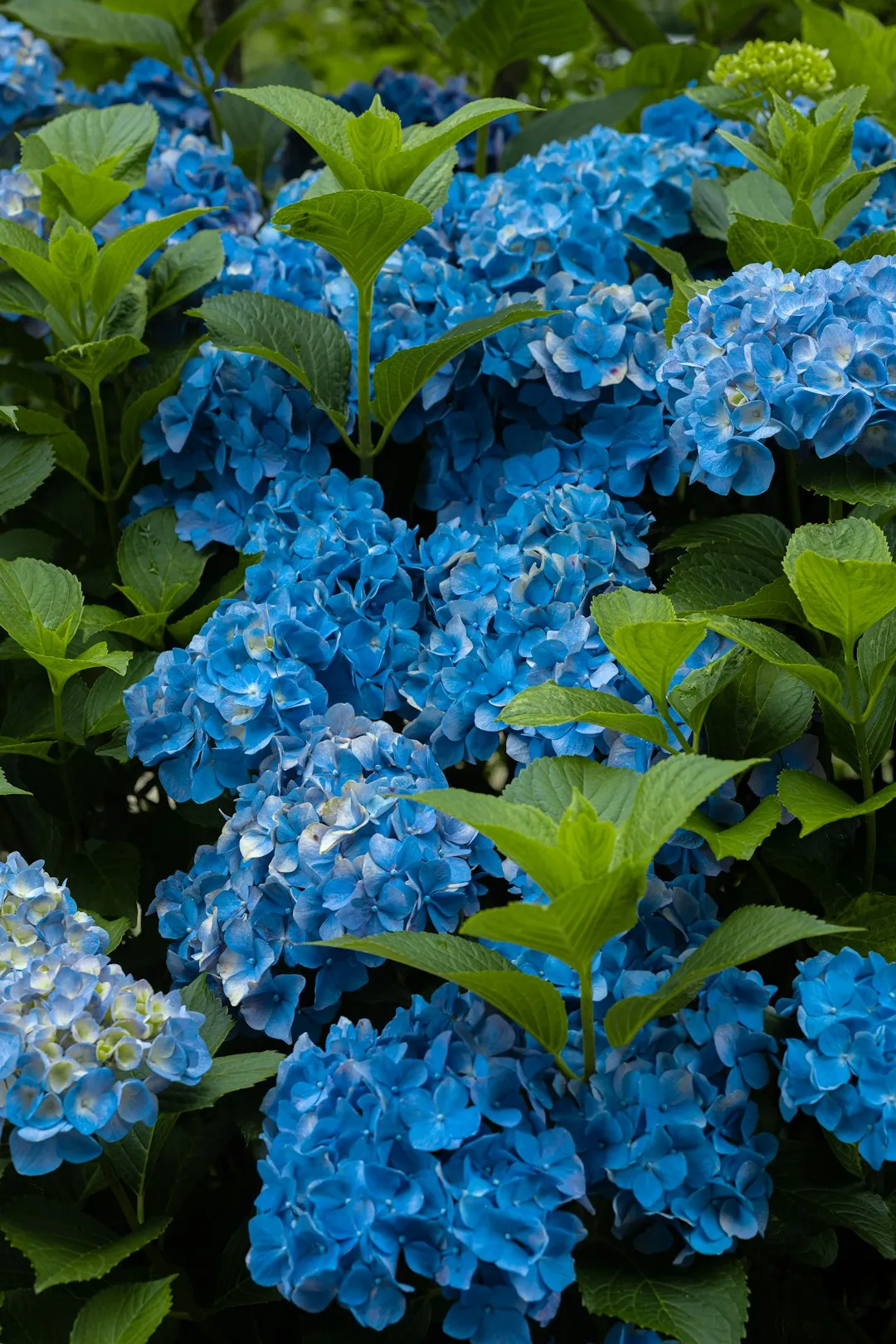
Unveiling the Secrets of a Stunning Lawn
Unveiling the Secrets of a Stunning Lawn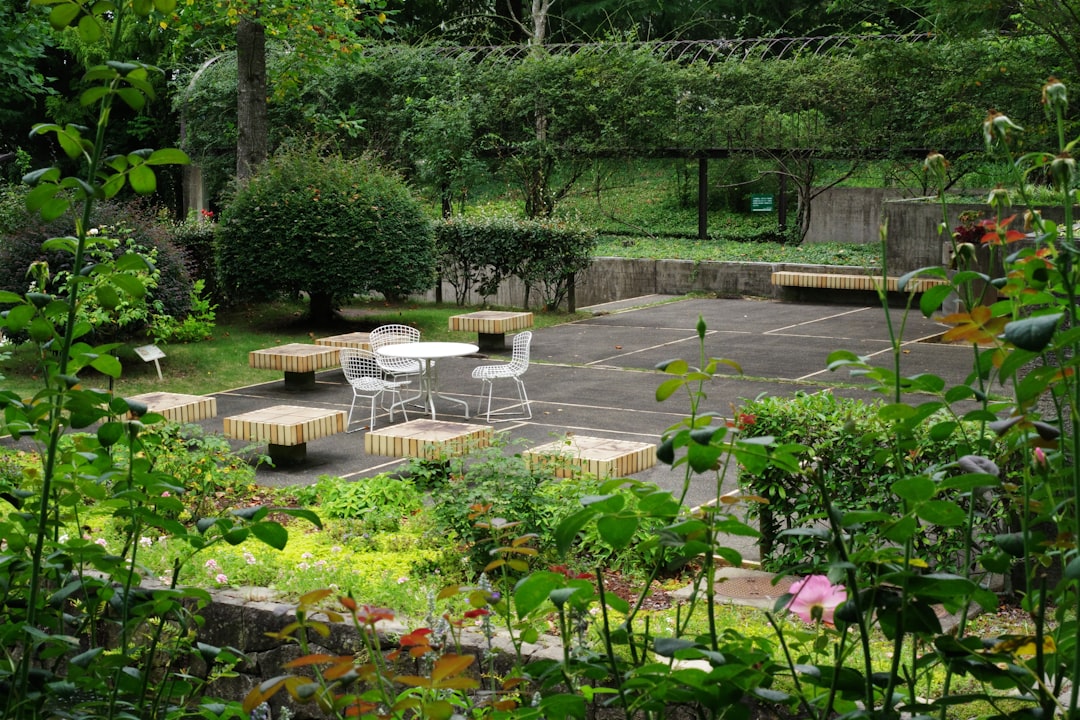
Fall Lawn Maintenance: The Key to a Healthy Yard in Winter
Fall Lawn Maintenance: The Key to a Healthy Yard in Winter
The Secret to Soil Amendment Without Uprooting Your Plants
The Secret to Soil Amendment Without Uprooting Your Plants
Unleash Your Garden's Potential: The Art of Seed Collection
Unleash Your Garden's Potential: The Art of Seed Collection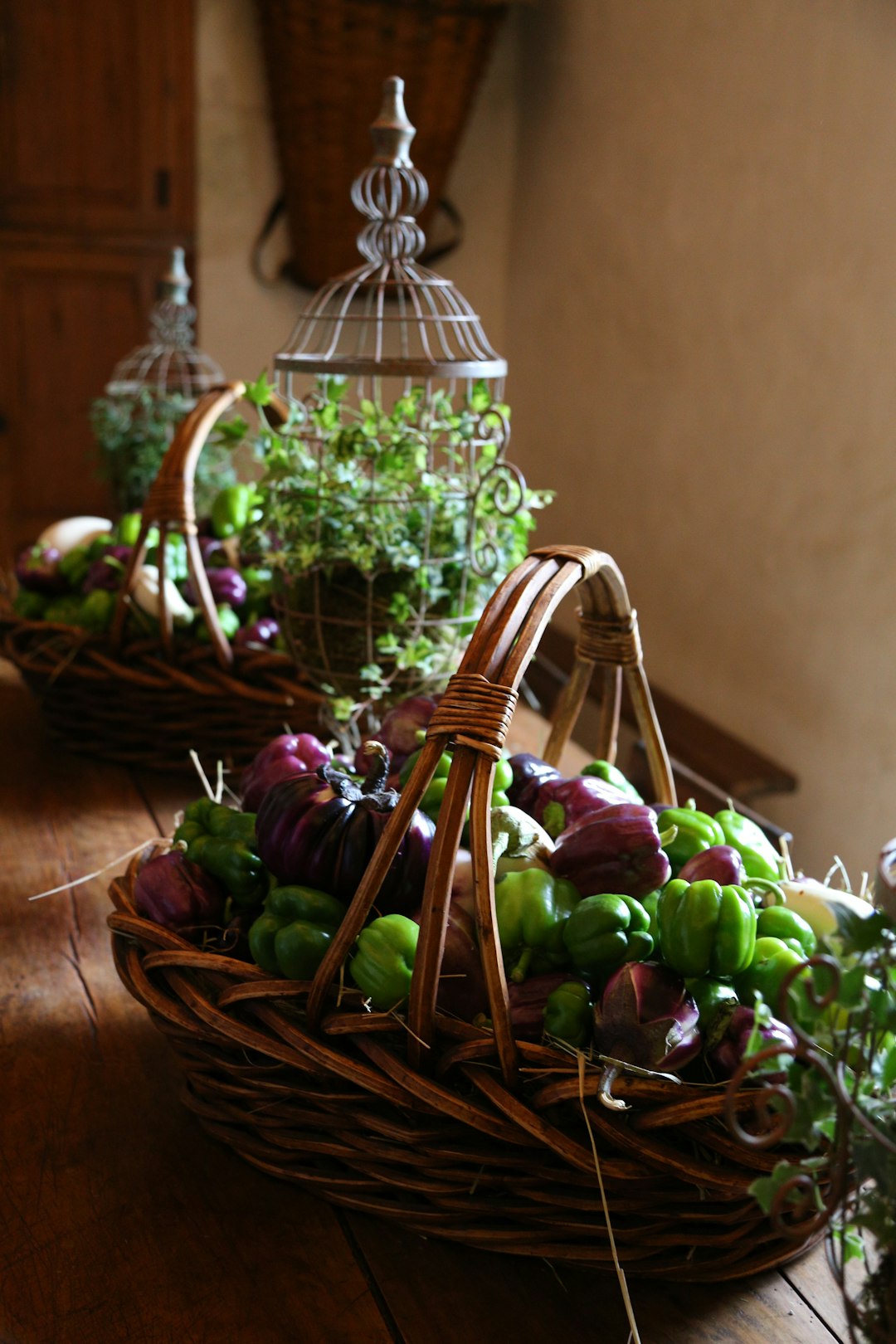
Pre - Summer Yard Care Essentials
Pre - Summer Yard Care Essentials
Weathering the Storm: Nurturing Your Garden in Extreme Conditions
Weathering the Storm: Nurturing Your Garden in Extreme Conditions
Summer Pruning: The 10 Flowering Plants to Leave Alone
Summer Pruning: The 10 Flowering Plants to Leave Alone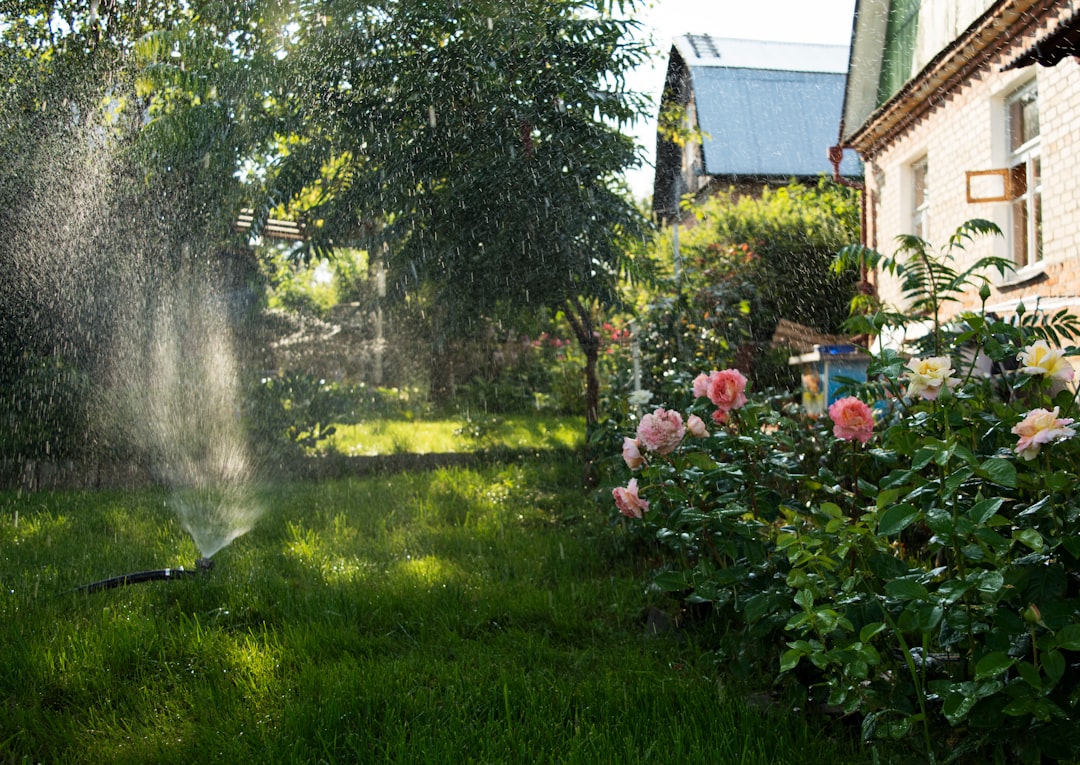
Unveiling the Hidden Gems of Perennial Gardening
Unveiling the Hidden Gems of Perennial Gardening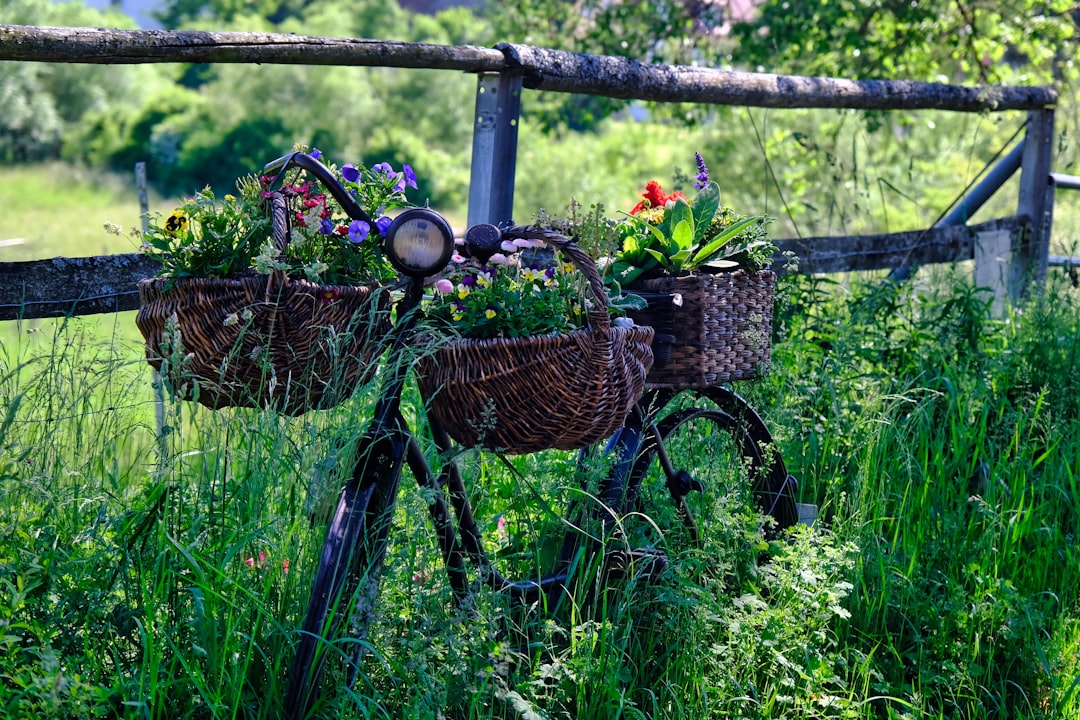
Unleashing the Beauty of Perennial Black - Eyed Susans in Your Garden
Unleashing the Beauty of Perennial Black - Eyed Susans in Your Garden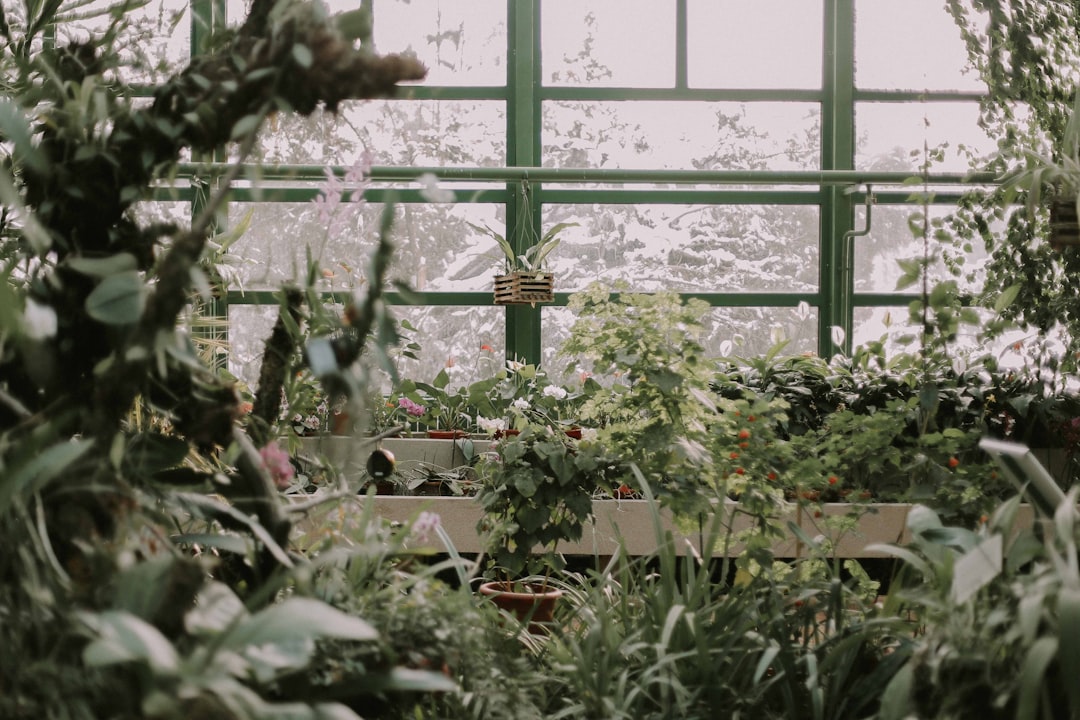
Unveiling the Secrets of Trillium Growth
Unveiling the Secrets of Trillium Growth
The All - Season Charm of Sedum Plants
The All - Season Charm of Sedum Plants
Banishing Snakes from Your Yard: Simple Solutions
Banishing Snakes from Your Yard: Simple Solutions
Secrets to a Bug - Free Garden: Conquering Squash Bugs Naturally
Secrets to a Bug - Free Garden: Conquering Squash Bugs Naturally
Transform Your Yard: Banish Crabgrass for Good
Transform Your Yard: Banish Crabgrass for Good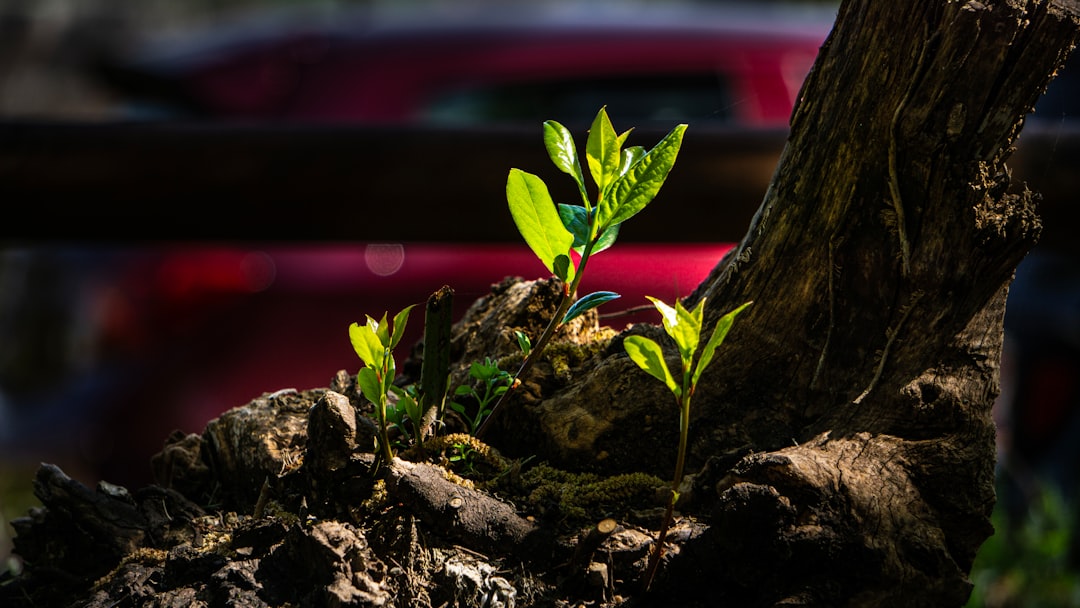
Unveiling the Wonders of a Low - Sun Garden
Unveiling the Wonders of a Low - Sun Garden
Unleash Your Garden's Potential: The Magic of Lasagna Gardening
Unleash Your Garden's Potential: The Magic of Lasagna Gardening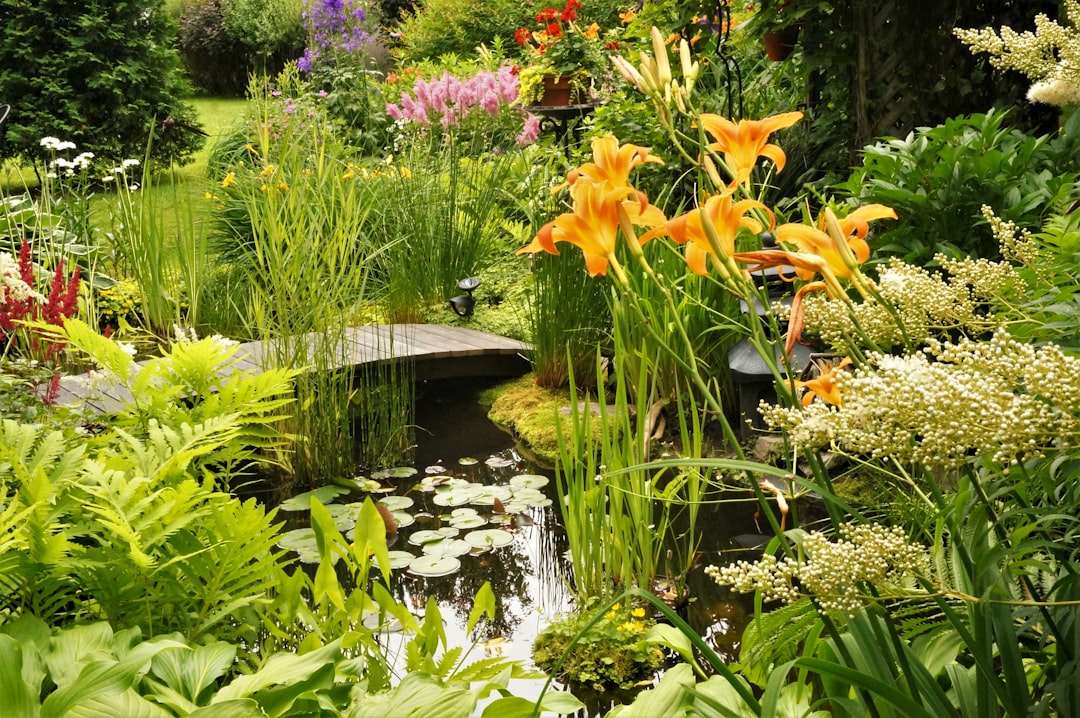
Unveiling the Mysteries of Lunar Gardening
Unveiling the Mysteries of Lunar Gardening
Unleash Your Inner Herbalist: A Guide to Indoor Herb Gardening
Unleash Your Inner Herbalist: A Guide to Indoor Herb Gardening